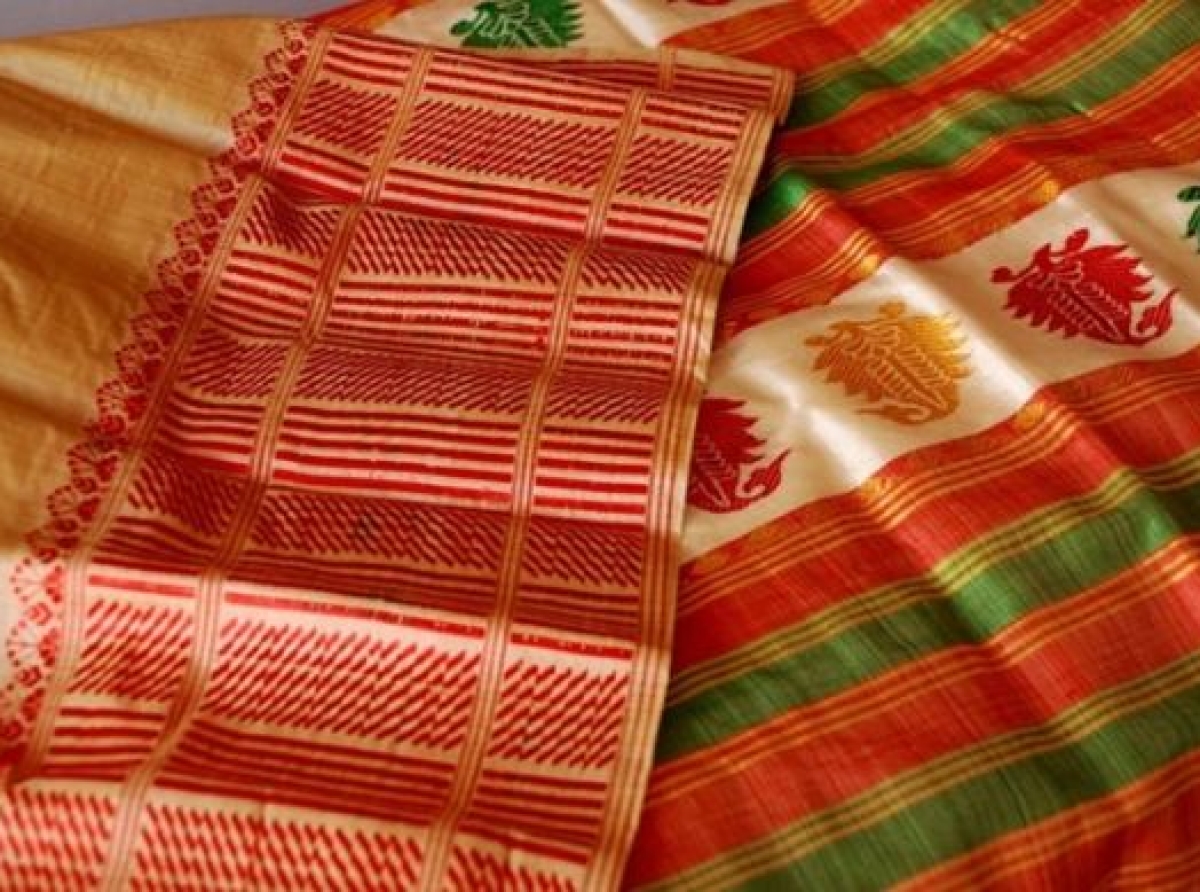24 April 2023, Mumbai
Silk Cocoon Market in Ramanagara; Ramanagara, a well-known silk town located roughly 50 kilometers from Bengaluru, is home to Asia's largest silk cocoon market. This two-story market attracts sericulturists from all over the State and surrounding states who come to negotiate the best price for their silk cocoons.
Unraveling the Rich Heritage
The Karnataka State Government's Department of Sericulture oversees the daily auctioning procedure, which generates about '1 lakh in tax revenue for the State through e-auctioning.
Roughly 10,000 sericulturists sell an average of 45,000 to 50,000 kg of silk cocoons to middlemen and silk reelers. The Indian silk industry generates employment for people, including farmers, spinners, weavers, dyers, designers, and traders, among others.
The silk industry in India has a market size of approximately $6 billion, employing over 8 million people. India is the second-largest producer of silk globally, producing around 20,000 tons of silk annually. The total value of Indian silk industry exports in 2020-21 was around $437 million USD.
The Legacy of Indian Silk; Thanks to the implementation of the State Government's IT program in the industry sector, the market is now a relatively tranquil activity. However, the pandemic caused a temporary slowdown in farmers' and reelers' activities in the State, leading to a slump in cocoon prices. Nonetheless, business is already returning to normal.
From the Silk Road to Modern Times
Silk Weaving and Sericulture in India; India is the world's second-largest producer of raw silk after China and produces all five varieties of silk. Non-mulberry kinds like Tussar are produced in Chhattisgarh, Jharkhand, Odisha, and West Bengal, while mulberry silk is primarily produced in the southern states of Karnataka, Tamil Nadu, and Telangana.
Nearly 70% of the silk produced in India is made from mulberries, with Karnataka leading the way in mulberry silk production.
Discovering the Story of India's Silk Production
Behind the Scenes; To leverage the enormous employability potential of the silk sector and put the nation on an economic growth trajectory, the Government of India formed the Central Silk Board (CSB) and several policies shortly after gaining independence.
A Cultural and Historical Perspective; The silk industry has been essential to the socioeconomic development of a large agricultural population, employing 9.4 million people in rural and semi-urban areas.
The production from rural on-farm and off-farm activities has a remunerative nature, and there is an ever-growing culture-bound domestic market. Sericulture can be practiced all year round and harvested up to 5–6 times annually, making it more profitable for sericulturists to grow cocoons than to grow other cash crops.
Threads of Tradition; The pandemic caused a 30% decrease in the production of raw silk, which was predicted to be 35,820 MT in 2019–20. Even though imports help meet some of the need for raw silk, most of the '1466 crore in silk waste, garments, and carpet exports in 2020–21.
The program aims to expand the rural livelihood mission further by adding 35,000 women farmers to it. In 2019-2020, a total of 1521 hectares (ha) of Tussar plantations were grown on private wastelands with assistance from 36,154 farmers, including 2497 women farmers. 14,227 commercial seed growers produced 2240 lakh reeling cocoons under Special Projects.
The Colorful World of Indian Silk
A Symbol of India's Silk Heritage and Modern Industry; The silk industry has been instrumental in the socioeconomic development of a large agricultural population in India, employing millions of people in rural and semi-urban areas.
Indian silk wear leading brands are Mysore Silk Sarees, Bhagalpuri Silk Sarees, Chanderi Silk Sarees, Patola Silk Sarees, etc, and many others.
Discovering the Story of India's Silk Production; The Government of India has formed the Central Silk Board (CSB) and several policies to leverage the enormous employability potential of the silk sector and put the nation on an economic growth trajectory.
A Look at its Artistic and Economic Significance; Despite the pandemic's temporary slowdown, business is already returning to normal in the State's silk industry. With the expansion of the rural livelihood mission and the addition of women farmers, the silk industry is poised for even greater growth in the future.
Latest Publications


































